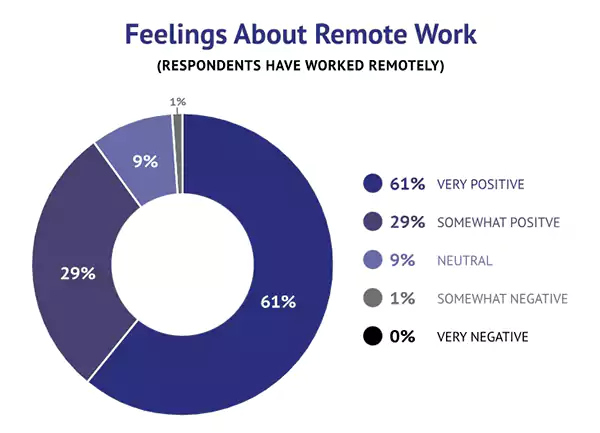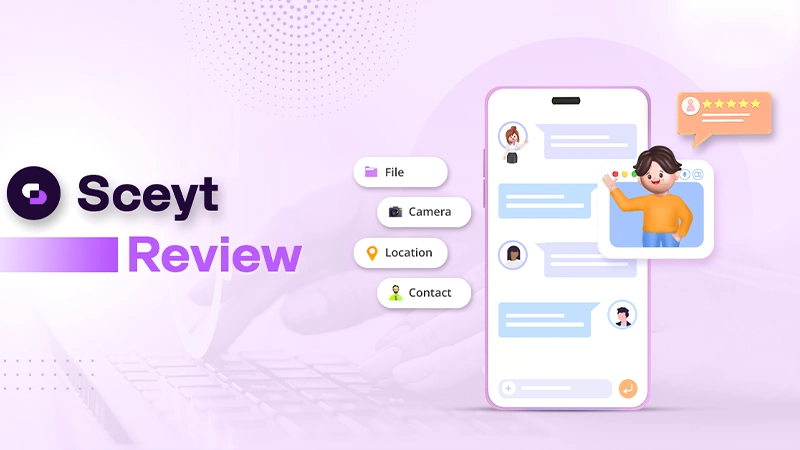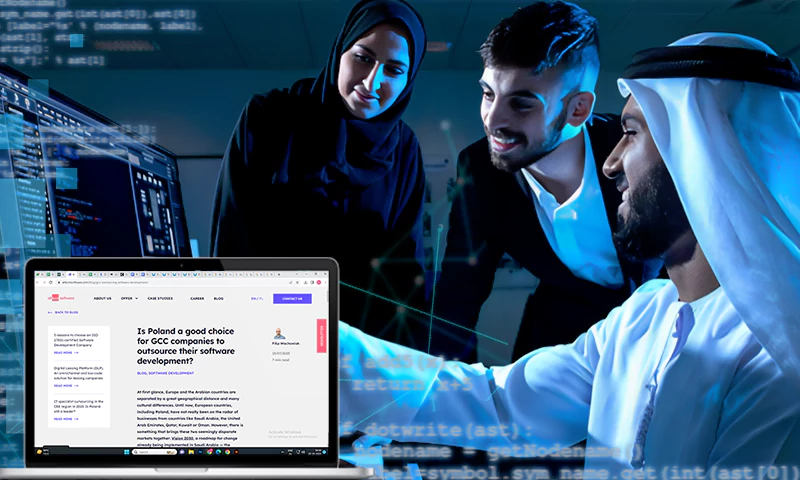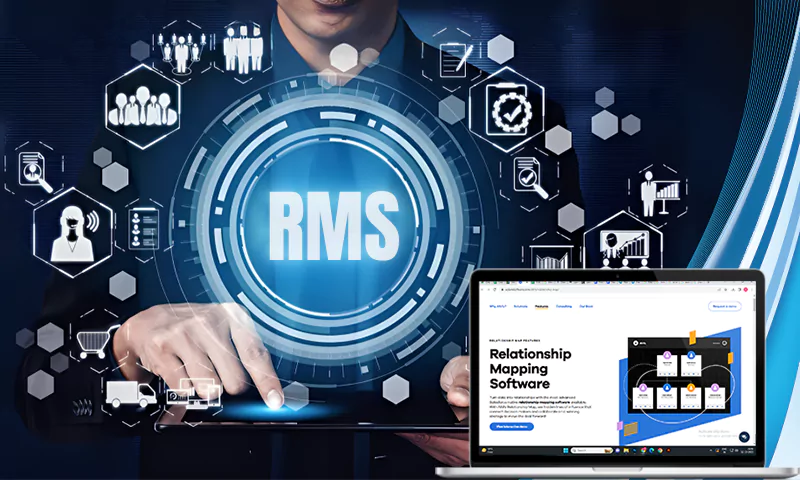Employee Engagement Software for Enhancing Remote Work Productivity
In current demographics, remote work has become progressively common. Many companies are now incorporating remote options into their business models to provide flexibility to their employees.
Remote jobs are called as remote flexible jobs as it offers advantages, like flexibility and improved work-life balance, it also presents challenges. One significant challenge faced by companies with teams is maintaining employee engagement and productivity levels.
In distance jobs productivity hacks, using employee engagement software is a game-changer. These platforms foster a sense of connectedness and teamwork among remote teams, encouraging collaboration and communication.
By offering features like virtual team-building activities, recognition programs, and real-time feedback mechanisms, such software boosts productivity and enhances job satisfaction and employee retention in the landscape.
In this blog post, we will explore some strategies to enhance employee engagement and boost productivity.
Establish Clear Channels of Communication
Communication plays a vital role in the success of any team, especially when working remotely. Since face-to-face conversations are only sometimes possible in such a setup, it is necessary to establish communication channels.
This can be accomplished using video conferencing software, project management platforms, and instant messaging applications.
By ensuring that everyone on the team knows which channels to use for what purposes, we can minimize communication barriers and encourage collaboration.
Establish Clear Objectives and Expectations
When working remotely, it’s paramount for team members to stay focused on their goals and remain engaged. To address this, leaders must establish their teams’ objectives and expectations.
By aligning tasks with the organizational goals, employees will have a sense of purpose and motivation to achieve their targets.
Regularly reviewing and updating these objectives can also provide a sense of progress and accomplishment, which fosters engagement and productivity.
Set Up Regular Check-Ins
Check-ins and one-on-one meetings are required to maintain connection and engagement with team members. These meetings allow leaders to give feedback, address concerns, and recognize achievements.
Listening to employees during these sessions is needed to create a space to encourage them to share their thoughts and ideas. Leaders can uplift employee morale by showing interest in their well-being and strengthening engagement.
The software includes a proper check-in and check-out feature that helps maintain a proper employee record and keeps them disciplined toward their task.
Promote Virtual Team Building
Creating a team culture can be challenging in an environment. To foster team cohesion and boost engagement, organizations should encourage team-building activities.
This could involve virtual team lunches, coffee breaks over video calls, or even online games that promote collaboration among colleagues.
Organizations can strengthen teamwork and collaboration by creating opportunities for employees to connect personally, which is needed for a thriving environment.
Offer Opportunities for Professional Growth
Developing employees’ skills is vital to enhance their engagement and productivity. It often requires individuals to be self-motivated and proactive in their tasks.
To support this, organizations can provide access to courses, webinars, or workshops that empower employees to improve their skills and stay motivated.
Mote to that, offering avenues for employees’ upskilling, and their growth can instill a sense of purpose and commitment within the organization.
Implement Flexible Work Schedules
One advantage of remote work is the flexibility it provides. Organizations can empower employees to choose the best hours with their productivity patterns and personal commitments by implementing flexible schedules.
This flexibility can enhance engagement, as employees can operate during their preferred hours when maintaining a better work-life balance.
However, it’s vital to establish expectations regarding deadlines and availability to ensure collaboration and communication.
Foster a Healthy Work-Life Balance
Maintaining an equilibrium between work and personal life is pivotal for employee engagement and productivity. Distance working has the potential to blur these boundaries easily, leading to burnout and decreased levels among employees.
It is appreciated to encourage employees to disconnect from their jobs after working hours, take breaks, and prioritize self-care. It’s equally pivotal for managers to lead by example and establish boundaries to prevent overworking themselves.
Employee Engagement Software can help in this aspect as well by assisting in proper work balance facilities.

The chart above shows the percentage of people having different feelings about remote working.
Acknowledge Accomplishments and Milestones
Recognizing and celebrating employee achievements and milestones plays a significant role in fostering employee engagement.
In a working setup, these celebrations may look different compared to an office environment. Companies can arrange celebrations, send personalized thank-you notes, or publicly acknowledge employees’ accomplishments through company announcements.
Organizations can boost morale, create a sense of belonging, and encourage engagement by celebrating successes.
Conclusion
Maintaining employee engagement and productivity levels in a setting necessitates deliberate actions and thoughtful planning.
Establishing communication channels, defining goals and expectations, and conducting regular check-ins are vital steps that help enhance team cohesion and drive performance.
Encouraging team-building activities, providing opportunities for skill development, and implementing schedules can further empower employees when boosting their engagement levels.
Lastly, promoting a work-life balance and acknowledging achievements can reinforce a team culture and strengthen employee engagement within remote jobs.
Share















